Shinagawa – History Tours Vol.4
Osaki-Togoshi Course
Once home to many busy factories and shopping districts, the Osaki-Togoshi area has been redeveloped in recent years, transformed into a modern city lined with skyscrapers while retaining traces of its old cityscape. Take a walk and get a sense of the area’s ever-changing cityscape.
Inquiries: Cultural Assets Subsection, General Affairs Section
(Tel: 03-5742-6839, Fax: 03-5742-6890)
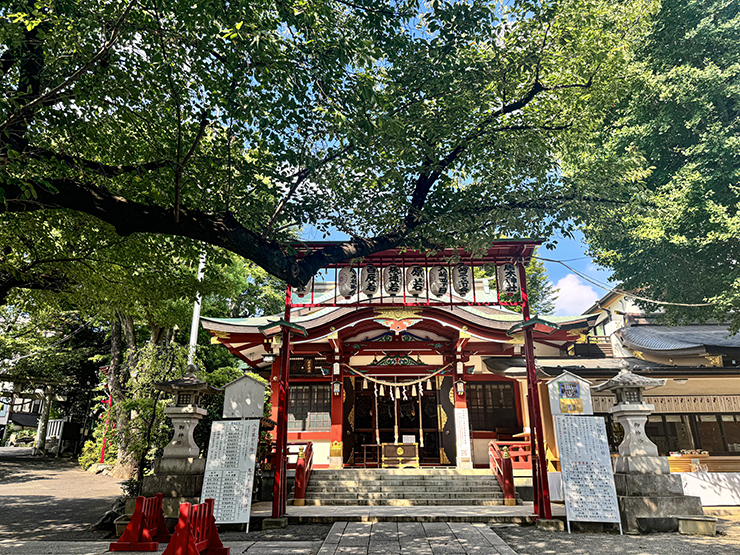 |
MAP 1
Irugi-jinja Shrine
Irugi-jinja Shrine is said to have been built on a site along the Meguro River, during the early Edo Period. It was moved to its current location to avoid floods. Until the early Meiji Era, it was known as “Gosha Myojin,” a reference to its merger with four other local shrines.
Location: 3-8-20 Osaki |
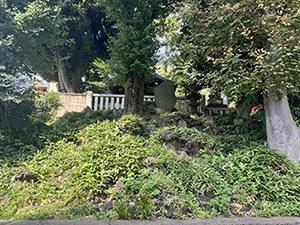 Fujizuka Fujizuka
|
 |
MAP 2
Kifune-jinja Shrine
Kifune-jinja Shrine is reportedly located on what was once the site of Ebara-jinja Shrine. Although priests of Ebara-jinja Shrine and Shinagawa-jinja Shrine previously maintained it, a full-time priest was assigned to care for this shrine in 1927 due to the rising population in the Taisho Era (1912-26).
Location: 3-16-31 Nishi-Shinagawa |

Chozuya is the pavilion where shrine visitors purify themselves with water |
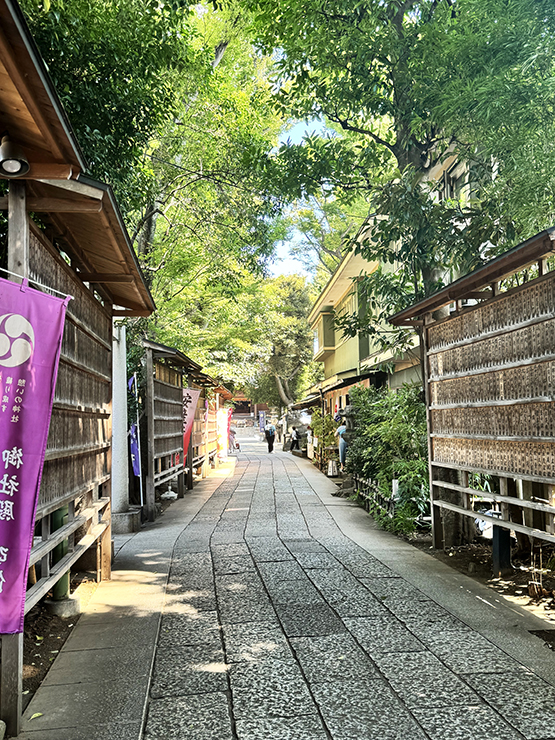 |
MAP 3
Togoshi Hachiman-jinja Shrine
Togoshi Hachiman-jinja Shrine’s history dates back to the Warring States period (1467-1568). Its tree-covered precincts are home to the oldest pair of komainu (lion dogs that guard shrines) in Shinagawa, which were made in 1746. The names of the villagers who donated them are engraved on the stone pedestal.
Location:2-6-23 Togoshi |
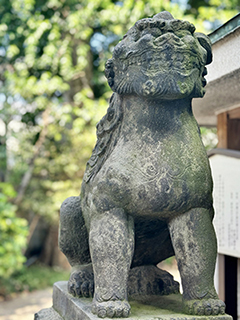
A komainu (lion dog)
|
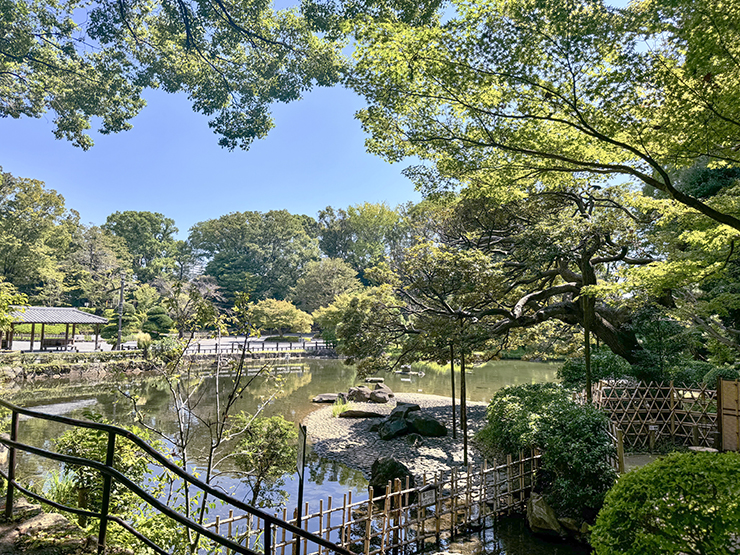 |
MAP 4
Togoshi Park
Togoshi Park was built on the former estate of the Hosokawa Clan, who were the lords of the Kumamoto Domain’s Higo Province. The park features a stroll garden that incorporates a large central pond, waterfall, artificial hills and more. Visitors can enjoy beautiful seasonal flowers including plums and cherry blossoms, as well as ginkgo trees.
Location:2-1 Yutakacho |
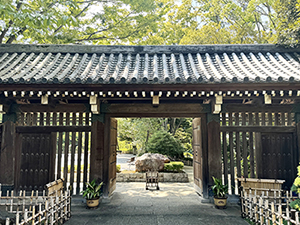 |
Reference: Shinagawa History Tours (in Japanese only)
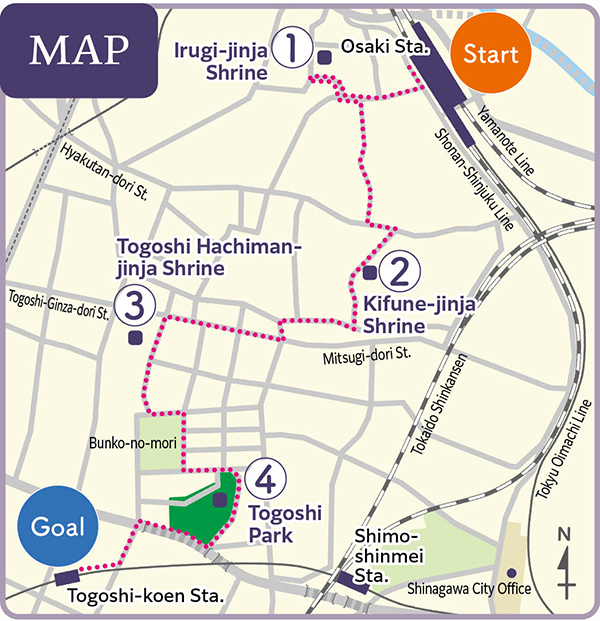
|
| |
About 5 minutes |
 |
0.4km |
About 10 minutes |
 |
0.7km |
About 11 minutes |
 |
0.8km |
❸ Togoshi Hachiman-jinja Shrine |
About 5 minutes |
 |
0.4km |
About 10 minutes |
 |
0.7km |
Goal Togoshi-koen Station |
|
Let’s check out some of Shinagawa Historical Museum’s cultural properties! |
Irukibashi Shell Mounds
The shell mounds at the Irukibashi archaeological site were formed between 5,500 and 7,000 years ago during the Jomon Period, when the climate was warmer and sea levels were higher than now.
The upper layers of the shell mounds, like the section pictured here, retain traces of damage from air raids, such as glass from melted bottles. |
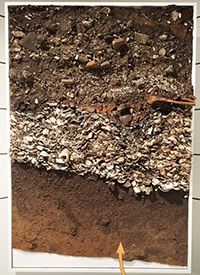 |
■Hours:9:00 a.m. to 5:00 p.m.
(the entrance closes at 4:30 p.m.).
■Closed:Mondays (or the next weekday if Monday is
a national holiday) and during the yearend/New Year’s holidays.
Note: The museum may be closed on days other than those listed above.
■Admission: 100 yen
(50 yen for elementary and junior high school students)
Note: Admission is free for elementary and junior high school students residing in or enrolled in a school in Shinagawa, people over the age of seventy, and people with disabilities.
■Inquiries: Shinagawa Historical Museum
(Tel: 03-3777-4060, Fax: 03-3778-2615) |

Please scan here for the museum’s website. |
|
|



 Fujizuka
Fujizuka







